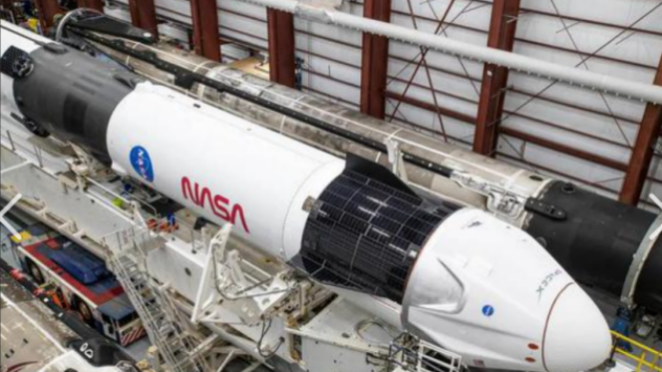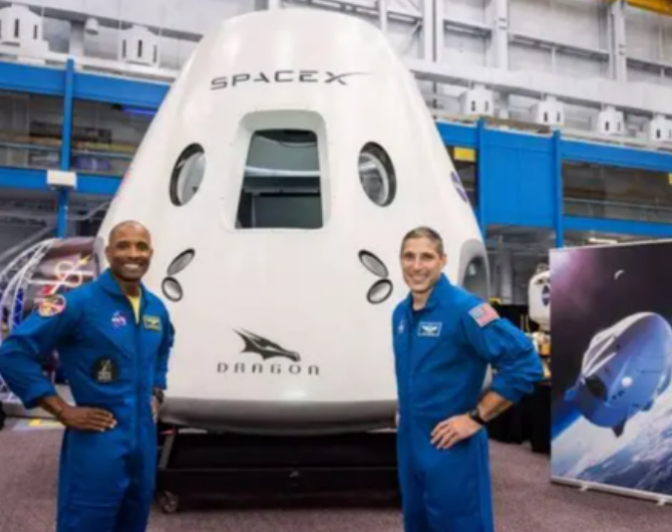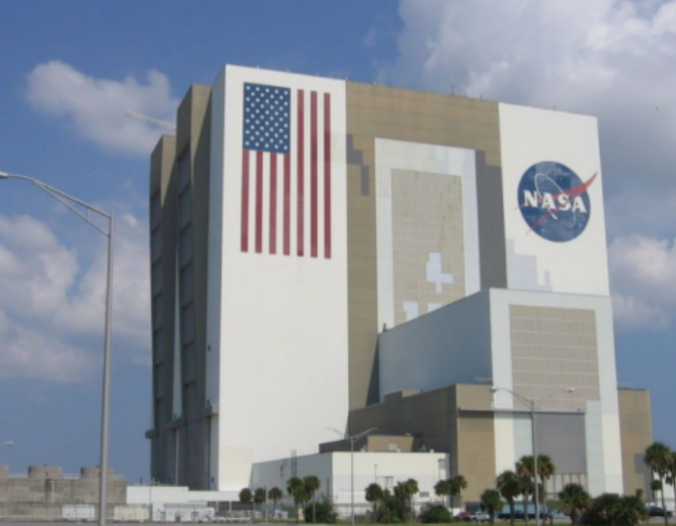NASA and SpaceX: Redefining the Boundaries of Space Exploration

In the annals of space exploration, two names stand out prominently in the contemporary era: NASA and SpaceX. These two entities, one a venerable government agency with a storied history and the other a dynamic private enterprise, have been at the forefront of pushing the boundaries of what's possible in space. Their endeavors not only captivate the imagination of the 20 - 40 - year - old demographic in Western countries but also hold the key to the future of humanity's foray into the cosmos.
NASA, with its inception in 1958, has long been the vanguard of American space exploration. From the iconic Apollo moon landings that first put humans on the lunar surface in 1969 to the construction and operation of the International Space Station (ISS), NASA has amassed a wealth of experience and knowledge. The agency's focus on scientific research in space has led to numerous breakthroughs. For instance, research on the ISS has provided invaluable insights into human physiology in microgravity, which is crucial for long - duration space missions. These findings not only have implications for future lunar and Martian missions but also for medical advancements on Earth, such as understanding bone density loss and muscle atrophy in patients with certain medical conditions.

Enter SpaceX — a company founded by Elon Musk in 2002, driven by the audacious mission of transforming humanity into a "multi-planetary species." In a relatively short span, SpaceX has revolutionized the space industry. One of its most exceptional accomplishments resides in the advancement of reusable rocket technology—a breakthrough that has revolutionized the economics and accessibility of space exploration. The Falcon 9 rocket, with its ability to return to Earth and land vertically, has significantly reduced the cost of space launches. This innovation has disrupted the traditional space launch market, which was once dominated by expensive, single - use rockets. The cost - effectiveness of SpaceX's launches has made space access more affordable for a wider range of customers, including NASA.
The collaboration between NASA and SpaceX has been a game - changer in recent years. In 2020, SpaceX etched its name in history when its Crew Dragon spacecraft—launched aboard a Falcon 9 rocket—ferried NASA astronauts Doug Hurley and Bob Behnken to the International Space Station (ISS). This milestone marked the first instance since 2011 in which American astronauts were launched into space from U.S. soil aboard a rocket manufactured in the United States. It was a momentous occasion that not only demonstrated the capabilities of SpaceX but also signaled a new era of public - private partnerships in space exploration. Since then, SpaceX has been a regular partner for NASA in crewed missions to the ISS, with multiple successful crew rotations.
Looking ahead, the Artemis program is a prime example of their joint efforts. Under NASA’s ambitious Artemis initiative, the agency has set a target of returning humans to the lunar surface by 2026—with SpaceX assuming a pivotal role in the fulfillment of this landmark mission. SpaceX is currently advancing the development of the Starship Human Landing System (HLS)—a specialized aerospace module engineered to ferry astronauts between lunar orbit and the lunar surface, enabling round-trip transportation. The Starship HLS, with its massive size and innovative design, has the potential to enable longer and more extensive lunar missions. Before the crewed Artemis III mission, SpaceX will conduct an uncrewed landing demonstration on the moon. This collaboration not only combines NASA's deep - rooted expertise in space exploration with SpaceX's cutting - edge technology but also has the potential to inspire a new generation of scientists, engineers, and space enthusiasts.
Yet, the journey toward this ambitious goal is by no means devoid of significant challenges. Technical glitches, as seen in some of SpaceX's rocket tests and NASA's complex mission preparations, can cause delays. Additionally, the regulatory environment for space activities, which both entities must navigate, can be complex. But these challenges are not insurmountable. The determination and innovation demonstrated by NASA and SpaceX thus far give hope that they will continue to overcome obstacles and achieve their ambitious goals.

In conclusion, NASA and SpaceX, through their individual achievements and collaborative efforts, are charting a new course for space exploration. Whether it's conducting scientific research on the ISS, returning to the moon, or eventually venturing to Mars, their work holds the promise of expanding human knowledge, opening up new frontiers, and perhaps, one day, making humanity a truly interplanetary species. The 20 - 40 - year - old generation in Western countries, with their tech - savvy nature and curiosity, are likely to be at the heart of the next wave of space - related developments, either as beneficiaries of the new technologies or as active participants in the space industry.
(Writer:Juliy)





